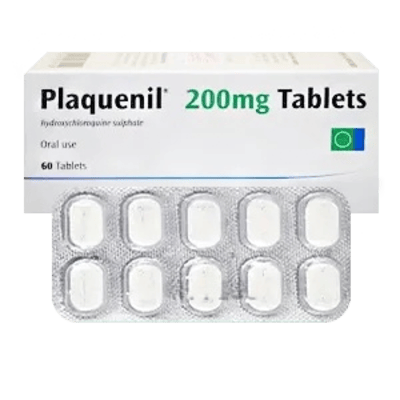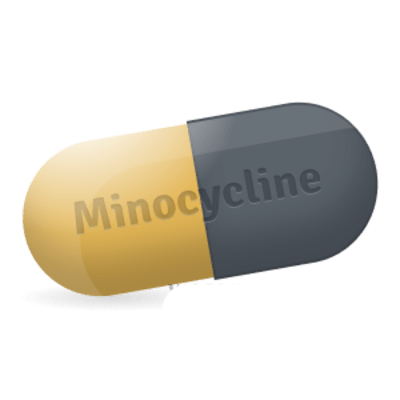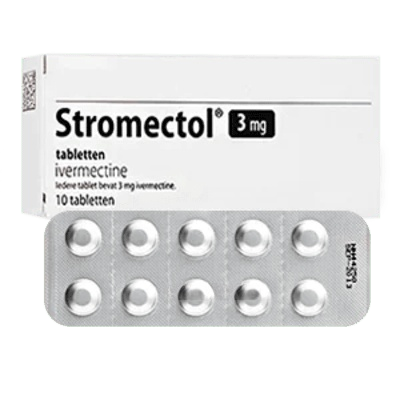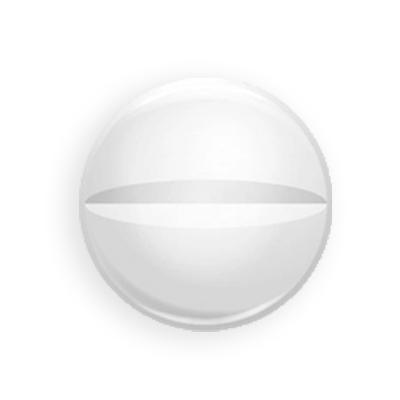I took Plaquenil on the recommendation of a doctor for the treatment of rheumatoid arthritis. I felt relief after just a few weeks of therapy. Of course, there were concerns about side effects, but everything went without significant problems.

Plaquenil
- Quality products
- Support 24/7
- Fast delivery
What is it?
Plaquenil is a brand name for a medicine containing the active ingredient hydroxychloroquine. It belongs to a class of antimalarial drugs and is available as tablets for oral administration. Hydroxychloroquine is known for its use in the treatment and prevention of malaria, as well as in the treatment of certain autoimmune diseases such as systemic lupus erythematosus and rheumatoid arthritis. However, it is important to remember that it is not recommended for the treatment of COVID-19, despite the surge in interest in this drug during the pandemic.
Composition
The composition of Plaquenil is extremely simple, as it relies on the effectiveness of the main active ingredient - hydroxychloroquine. Each tablet is intended for internal use and offers therapy with this time-tested component.
- Hydroxychloroquine is the main component that provides the therapeutic effect of the drug.
- Microcrystalline cellulose is an auxiliary substance used to form the tablet.
- Talc is used as a medical filler and to improve the sliding of tablets.
- Sodium starch glycolate - promotes rapid disintegration of the tablet in the stomach.
The combination of these ingredients creates a reliable product that provides the desired therapeutic effect.
How to use?
Using Plaquenil requires careful attention to achieve maximum effectiveness while avoiding possible complications. Before starting treatment, it is important to discuss the appropriate dosage regimen with your doctor.
- The first step is to consult with your doctor, who will assess the appropriateness and necessity of using Plaquenil in your case.
- After that, it is important to strictly follow the prescribed dosage to avoid overdose or other medical risks. The tablets are taken orally with plenty of water.
- Regular monitoring of the patients condition and dosage adjustments if necessary are key to successful therapy.
Proper use of the drug is the key to achieving a therapeutic result without negative consequences.
How does it work?
Plaquenil works by interfering with the body’s autorecognition and immune response in a complex way. It interferes with the way the immune system attacks its own tissue in autoimmune diseases.
Hydroxychloroquine acts as an antimalarial by changing the acidity inside the parasite, making it difficult for it to reproduce and causing it to die. In the case of autoimmune diseases, the drug acts on the overactivated immune system, reducing inflammation and reducing pain. This makes it a good choice for long-term control of diseases such as systemic lupus erythematosus and rheumatoid arthritis.
Indications
Plaquenil is indicated for use in a variety of medical conditions. Its action is aimed at relieving symptoms and preventing certain conditions, making it a valuable tool in the hands of qualified physicians.
- Prevention of malaria in areas with high infection rates.
- Treatment of systemic lupus erythematosus to prevent disease progression.
- Management of rheumatoid arthritis symptoms in adult patients.
These indications include both preventive and therapeutic measures aimed at improving the overall health of patients.
Contraindications
Despite its effectiveness, Plaquenil has a number of contraindications that must be taken into account for safe use of the drug. These restrictions help minimize the risk of serious adverse effects.
- Hypersensitivity to hydroxychloroquine or any components of the drug.
- Severe visual impairment, as the drug may worsen the condition.
- The presence of specific blood diseases, such as glucose-6-phosphate dehydrogenase deficiency (G6PD).
Taking into account contraindications helps doctors better assess risks and avoid potential complications.
Side effects
Like any medicine, Plaquenil can cause side effects that vary in severity and frequency. Knowing about possible reactions allows patients to be better prepared and seek medical help in a timely manner.
- The most common reactions include headaches and dizziness, which usually require temporary adaptation of the body.
- Digestive problems, such as nausea or abdominal discomfort, may occur more often at the beginning of therapy.
- Some patients may develop a skin rash, indicating a possible allergic reaction.
Understanding possible side effects helps in the informed use of Plaquenil.
Frequently asked questions
Plaquenil Reviews and Experiences
After taking Plaquenil I noticed a noticeable improvement in my skin condition which is suffering from lupus. It really does reduce inflammation and keeps my energy up for almost the whole day.
I used Plaquenil as a preventative measure because I often travel to malaria-affected areas. I did not experience any serious side effects from the drug and was pleased with the results during my stay abroad.









